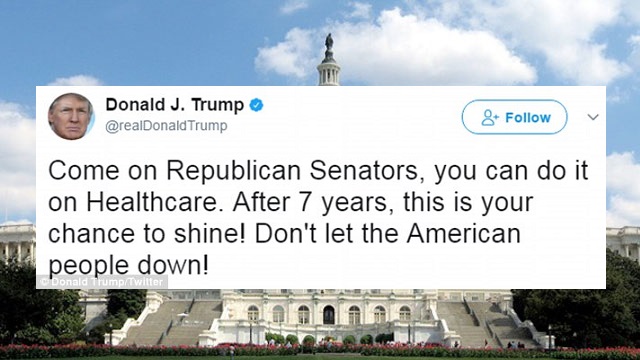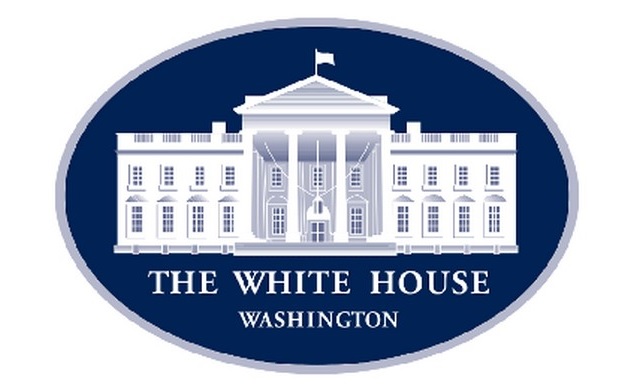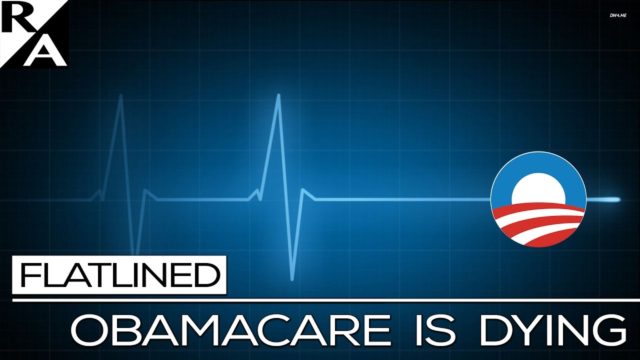The alleged failure of Republicans to repeal the misnamed Affordable Care Act (ACA) predictably has the conservative punditry up in arms. “Why Can’t Republicans Get Anything Done?” was one of many frustrated headlines lamenting the GOP’s lack of legislative success.The politics of repeal would have been worse than doing nothing.
One editorial asserted that Republican failure to ‘do something’ about the ACA “is one of the great political failures in recent U.S. history, and the damage will echo for years.” Really?
Implicit in all the conservative ranting about the need to repeal, or worse, fix the ACA, is that health care was a wholly unfettered, dynamic source of free-market driven innovation before President Obama was elected. Let’s try to be serious for a moment.
Letting Obamacare Fail
Repeal of the ACA would have been an impressive headline, but the short and long-term politics of repeal for Republicans would have been worse than doing nothing. That is so because expectations about a looming nirvana would have been created, only for health care to, at best, return to its less-than-stellar-self that existed before passage of the ACA in 2010.
Importantly, none of what’s been written so far should be construed as support for the ACA. It was foolish legislation, and evidence supporting the previous contention is that the ACA was already dying before our eyes. No surprise there. Legislation meant to give some Americans a lot for a little, with a lot taken from others in return for very little, was bound to fail.
The ACA was plainly imploding as the constant rush of insurance companies out of ACA exchanges revealed in bright colors. Why abolish what the laws of economics were already abolishing?The half-measures offered by Republicans were plainly worse than simply doing nothing.
And that’s why the half-measures offered by Republican compromisers were plainly worse than simply doing nothing. Why legislate away one central plan in return for an allegedly improved central plan; essentially exchanging bad legislation for bad legislation on top of what already wasn’t working before 2010? The politics of repeal or partial repeal spoke to the horror of Washington doing anything to legislate a right to what was and is a market good like any other.
Not discussed enough by either side is that it’s impossible to invent a right to a good or service of any kind to begin with. This is certainly true with regard to health care when we remember that it didn’t realistically exist until the 20th century. Lest we forget, in the 19th it was a death sentence if you were shot in the abdomen. If you broke your femur, you had 1 in 3 odds of dying. Broken hip? Dead. Cancer? Forget about it. You were going to die.
Legislation didn’t reverse the previously mentioned odds as much as trial and error in the area of healing led to healing advances such that a market eventually formed. The shame here is that politicians discovered health care in the first place. Imagine how much more advanced we’d be had they left what was advancing alone.
We Don’t Have a Crystal Ball
All of the above has seemingly been ignored by Republicans ever eager to prove they’re as compassionate as their reliably hysterical opponents on the other side of the aisle. And there lies the problem.
Much as health care didn’t broadly exist when the 20th century dawned, so were automobiles the microscopic exception to the horse rule. Imagine if politicians, sensing what few did about the car’s potential, had legislated broad access to what very few people owned. If so, it’s safe to say that the American automobile industry would never have taken shape, mainly because politicians can’t possibly divine what we want, let alone need. The car evolved into a common good thanks to relentless experimentation that occurred alongside a 99% percent failure rate for American car companies.
Thinking about the computer, while few could get by without one today, as late as 1943, IBM Chairman Tom Watson confidently asserted that the market for computers wouldn’t expand beyond five total computers. Decades later, and billions of dollars worth of failed companies later, the computer is the can’t-live-without rule, including the supercomputers that increasingly line the pockets of rich and poor alike.
At present, politicians in both major political parties are thinking about ways to spend trillions in tax dollars on enhanced roads, just as entrepreneurs like Jeff Bezos are aggressively thinking of ways to deliver us goods and services by air, care of drones. Yet conservatives are comfortable allowing Republicans to add more laws to an already over-controlled health care market?
Despite the historical truth that the present rarely predicts the future of goods and services, politicians in both parties pretend that they know what the market for health care should look like. But how could they?
For Republicans and Democrats to legislate a right to medical services in the present is every bit as lame-brained as it would have been had they legislated access to specific kinds of cars, computers, and smartphones in 1900, 1950 and 2000. Whatever they would have dreamed up for all three would have been a fraction of what intrepid entrepreneurs divined through feverish trial and error.
What Is and What Will Be
Seemingly forgotten by Republicans is that legislation is the absolute worst way to solve any problem, real or imagined, particularly one involving goods and services created in the marketplace.
Lawmaking by definition deals with what is while thriving markets are all about sleuthing out what will be. We’ll only arrive at what will be in the health care space insofar as individuals and businesses are free to experiment without limits, yet Republicans and Democrats in their infinite confusion are trying to create rights for people with what already is.
Ok, but that’s cruel. It’s the hypothetical equivalent of politicians legislating access to the cars, computers, and smartphones of today at a time when all three were likely on the verge of rapid evolution. Health care is no different. If the goal is that everyone should have access to it, the only response from Congress should be that it will cease legislating access to what it can’t give, and more important, what it doesn’t understand. If so, watch health care markets evolve in amazing ways that redound to us all.
Reprinted from Real Clear Markets.

John Tamny is a Forbes contributor, editor of RealClearMarkets, a senior fellow in economics at Reason, and a senior economic adviser to Toreador Research & Trading. He’s the author of the 2016 book Who Needs the Fed? (Encounter), along with Popular Economics (Regnery Publishing, 2015).
RELATED ARTICLES:
3 Republicans Join Democrats to Defeat Obamacare Repeal
The Obamacare Facts That Liberals Don’t Want You to Know
Victims of Obamacare Have a Warning for Senate Republicans
We Hear You: The Failure of Republicans to Repeal or Replace Obamacare
One Mom’s Fight for Her Special Needs Son in the Age of Obamacare
































